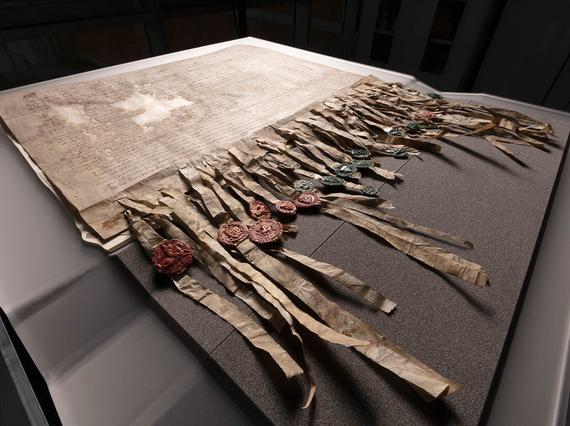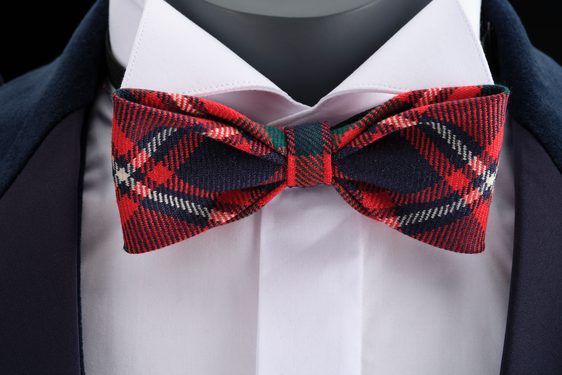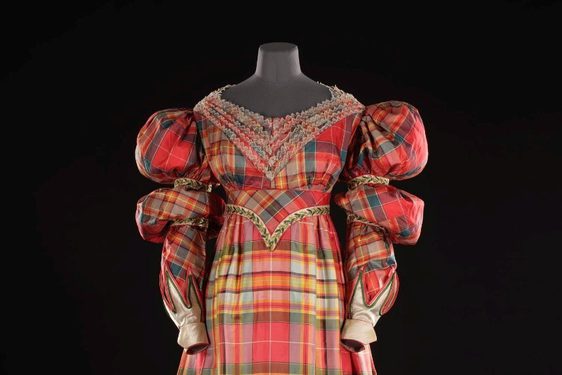
About The Declaration of Arbroath
The Declaration of Arbroath is a letter dated 6 April 1320 written by the barons and freeholders of the Kingdom of Scotland to Pope John XXII. The letter asked the pope to recognise Scotland's independence and acknowledge Robert the Bruce as the country's lawful king.
Despite the Scots' success at the Battle of Bannockburn, Robert I had not been recognised as king by either King Edward II of England or the Pope. At the time, the Pope desired peace between England and Scotland so that both kingdoms could help in a crusade to the Holy Land. The Declaration sought to influence him by offering the possibility of support from the Scots for his long-desired crusade if they no longer had to fear English invasion.
Written in Latin, it was sealed by eight earls and about 40 barons. It was authenticated by seals, as documents at that time were not signed. Only 19 seals now remain.
The surviving Declaration is a medieval copy of the letter, the original having been dispatched to the pope in Avignon. It is cared for by National Records of Scotland and is so fragile that it can only be displayed occasionally in order to ensure its long-term preservation.
Read a full transcription from The National Records of Scotland.
In partnership with
You might also like
- Discover

Formal trews outfit from one of Scotland’s oldest Highland dress outfitters
This trews outfit from Kinloch Anderson, Edinburgh, is an example of formal wear popular among Scottish groomsmen. The peacock feather plume brooch and black leather Chelsea boots give a contemporary edge to what is considered a…Keep reading - Discover

Highland Style: Tartan trends in Georgian Britain
Highland dress is among the most recognisable symbols of Scotland. It has historical roots in the display culture of medieval Gaelic society. During the 18th and 19th centuries this living tradition was reinvented to suit the social,…Keep reading - Discover

Snow Hunter: Collecting Scotland's vanishing ice
Written by Dr Sarah Laurenson & Iain CameronWhat can patches of snow across Scotland tell us about the global environmental challenge?Keep reading
